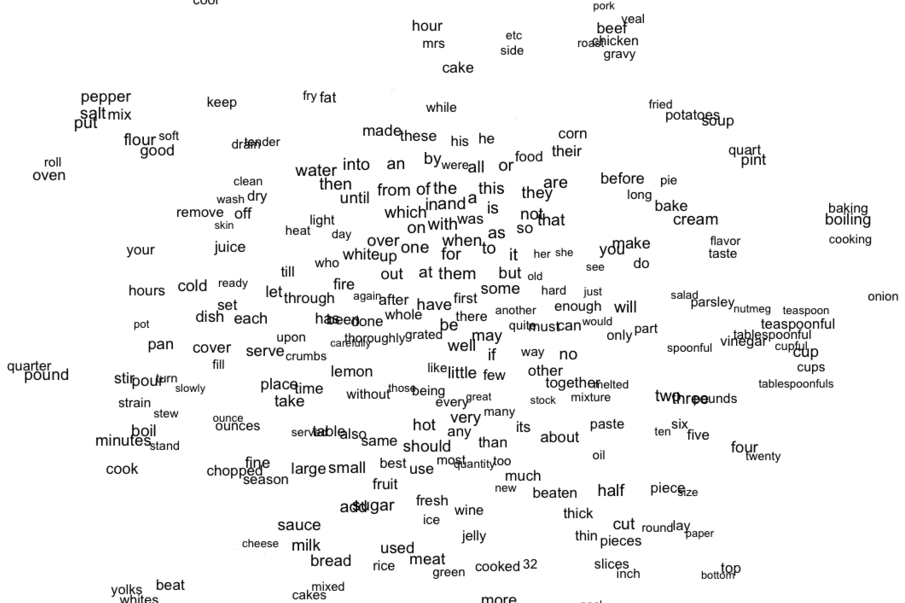Michael Lewis described the early 1990s a so-called “lexical approach” in language teaching which was based on the idea that language is made up of lexical units rather than grammar structures. This approach focuses on understanding and producing these lexical units. Students are taught to be able to perceive patterns of language (grammar) as well as have meaningful set uses of words at their disposal when they are taught in this way.
The units are multi-word combinations common in conversations, all kinds of lexical phrases, chunks formed by collocations, and fixed phrases.
The teaching of chunks and set phrases has become common in language learning, though this is not necessarily primarily due to the lexical approach. This is because anywhere from 55% to 80% of native speakers’ speech is derived from prefabricated phrases. Fluency could be considered unachievable if one did not learn prefabricated chunks or expressions.
A lexical approach in language teaching refers to one derived from the belief that the building blocks of language learning and communication are not grammar, functions, notions, or some other unit of planning and teaching but lexis, that is, words and particularly multi-word combinations.
In 2005 Michael Hoey, a linguist, introduced the concept of “lexical priming” and emphasized the role of prefabricated or formulaic language. He argued that language is not just a collection of isolated words and rules but involves the frequent use of formulaic sequences or chunks. These chunks are stored in our brain as a whole, and retrieved very fast. They play a crucial role in communication, aiding fluency and facilitating rapid language processing.
Over time this led to the concept of a “formulaic sequence” with the following characteristics:
- Appears to be prefabricated: that is, stored and retrieved whole from memory at the time of use, rather than being subject to generation or analysis by the language grammar
- Estimated to account for up to 30–70% of written and spoken language
- Speeds up the processing of language, so that language users can process formulaic sequences faster than unpredicted word combinations.
These sequences might be anything from:
- a collocation: high hopes or fast cars
- stance markers: in my opinion or according to me
- idioms (once in a blue moon)
- phrasal verbs: go up, go out with
- whole phrases: It should come as no surprise that …
- whole sentences: “What time is it?” and “My name is Mateusz and I am 45 years old”.
For language learners, that means that memorizing phrases and sentences brings better results than learning words and grammar rules.








